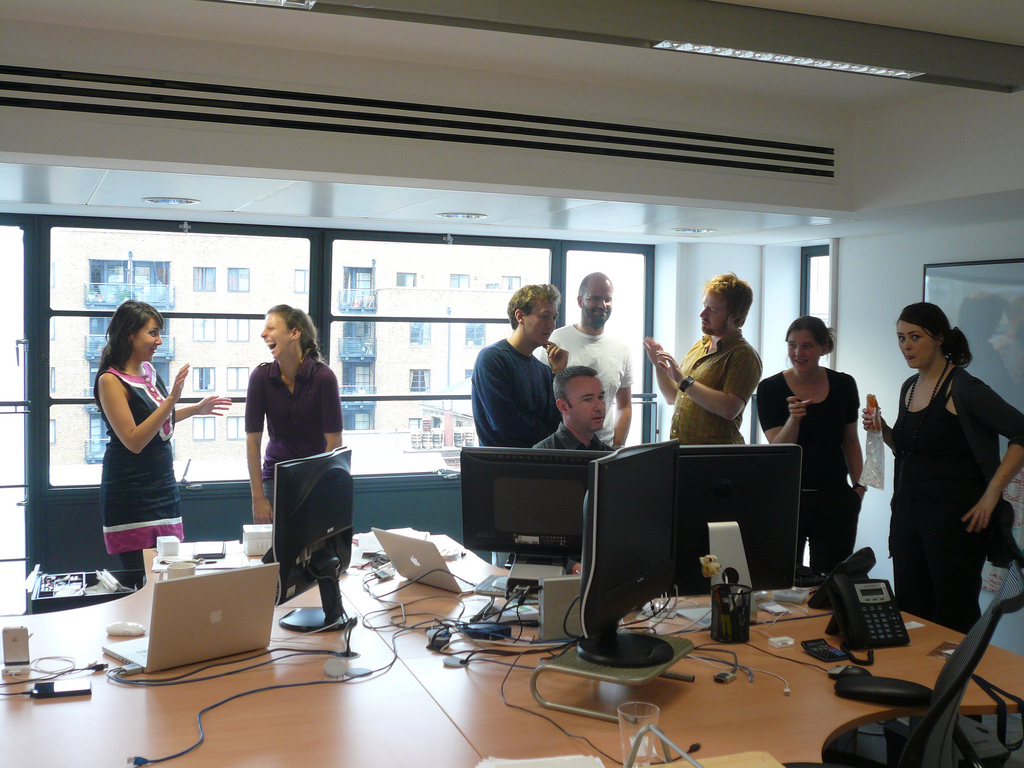In the process of starting a business? If so, you’ll need a game plan to get your business off the ground. In this article, we have put together several strategies that will help you attract your first customers, and then keep them happy.

1) Be true to your word
In today’s business climate, there are few things that are more valued than a company that is authentic in its dealings. When you say that you will get something done for a client or a customer, do everything humanly possible to stay true to your word.
This reliability and consistency won’t just help your company; it has also helped established companies such as Steve Sorensen Select Staffing. Building a reputation as a business that could be counted on to get the job done right, they have built a dedicated client base over the years.
By adhering the same discipline to your business dealings, it is likely that you will experience the same degree of success.
2) Embrace the power and responsibility of social media
We’re well into the 21st century, and the internet has infiltrated every aspect of our daily lives. There’s no excuse to be ignorant of the importance of social media any longer. Even if you have a non-existent presence on social media, there are customers on review sites such as Yelp that are building up (or tearing down) your reputation.
By taking the lead on platforms such as Facebook and Twitter, and monitoring social review sites, not only can you tackle problems head-on, but you can also pick up on trends that will allow you to shape the future strategy of your business.
3) Get involved in philanthropy
Seen as a way to give back to the community, not many business people realize that charitable giving and community involvement can also be a business development strategy.
While it might be crass to suggest that getting involved in an altruistic arena can be a way to boost profits, companies that are genuine about contributing towards the greater good are more likely to be seen in a positive light by members of the public.
This goodwill will become a factor when customers make a choice between your business and one of your competitors, so don’t be afraid to roll up your do-gooder sleeves!
4) Follow up with your clients (like you mean it)
When it comes to client acquisition, it is shocking how passive many small business operators are when it comes to following up. It is especially important in today’s world, where distractions of all kinds abound.
Just because a potential client did not answer your email does not mean they aren’t interested in doing business with you. It may simply be a function of an overloaded email inbox, or the fact that they are swamped with business from other clients.
While it’s important not to smother them, continue to make an effort to make or renew contact every four to six weeks. While this number may vary depending on your industry, it is a great place to start.

























